Internet Advertising Trends in 2025: AI, Personalisation, Interactivity
The global digital marketing market was valued at USD 667 billion in 2024 and is expected to reach USD 786.2 billion by 2026.
The industry is developing rapidly. To remain competitive and keep up with new technological capabilities, marketers must stay on top of current trends.
In this article, we break down the key internet advertising trends expected in 2025 and offer recommendations on how to stay relevant in a constantly evolving environment.
Trend #1: Personalization
To ensure that banners reach people who are genuinely interested in a product or service, it is essential to segment ad campaigns based on user interests.
For example, a teenager is unlikely to engage with an ad about a new car dealership — it’s simply not relevant to them financially.
Personalization in internet advertising means tailoring marketing materials to match specific interests, preferences, and user behavior.
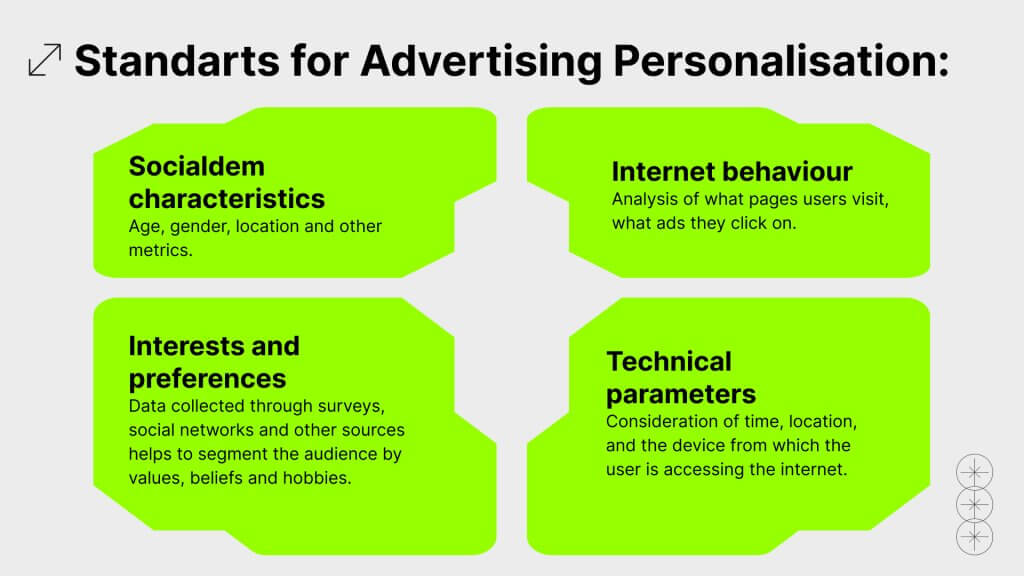
The goal is to make ads more relevant and appealing to the audience to increase both reach and conversions.
Back in 2021, a study by McKinsey & Company found that 71% of consumers want personalized interactions with brands — and 76% feel disappointed when they don’t get them.
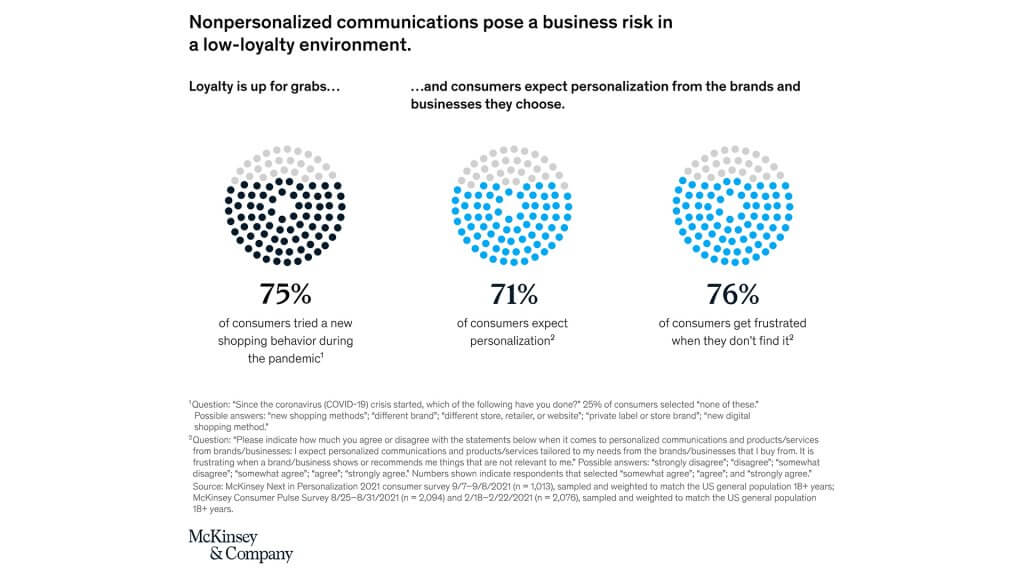
How Personalization Improves Campaign Effectiveness
- Increases relevance: Ads that align with user interests lead to higher engagement.
- Boosts conversions: Personalized ads are more likely to be clicked on, leading to improved CTR.
- Enhances user experience: Interest-based advertising helps users find what they need quickly, fostering a positive interaction with the brand.
- Reduces internet advertising costs: Targeting helps cut down on spending for ineffective impressions.
Mobile advertising uses personalization tools to refine audience targeting. Proper setup and ongoing optimization ensure that ads are delivered to the right users.
Trend #2: AI Implementation
Neural networks are proving useful in many areas — from design to programming. And marketing is no exception.
How AI Enhances Internet Advertising:
- Personalizes the target audience: AI analyzes user behavior to generate customized ads.
- Optimizes ad campaigns: Platforms like Google Ads use machine learning to automate bid strategies.
- Processes large volumes of data: Useful for predicting which ads will perform best.
- Automates content creation: AI is widely used to generate creative text and visuals.
- Improves targeting: Programmatic platforms dynamically serve ads based on real-time preferences and interests.
- Optimizes ad budgets: AI algorithms allocate spend across channels to maximize ROI.
According to SurveyMonkey, 50% of marketers already create content with neural networks, while 51% use AI tools to optimize it — from SEO to email marketing.
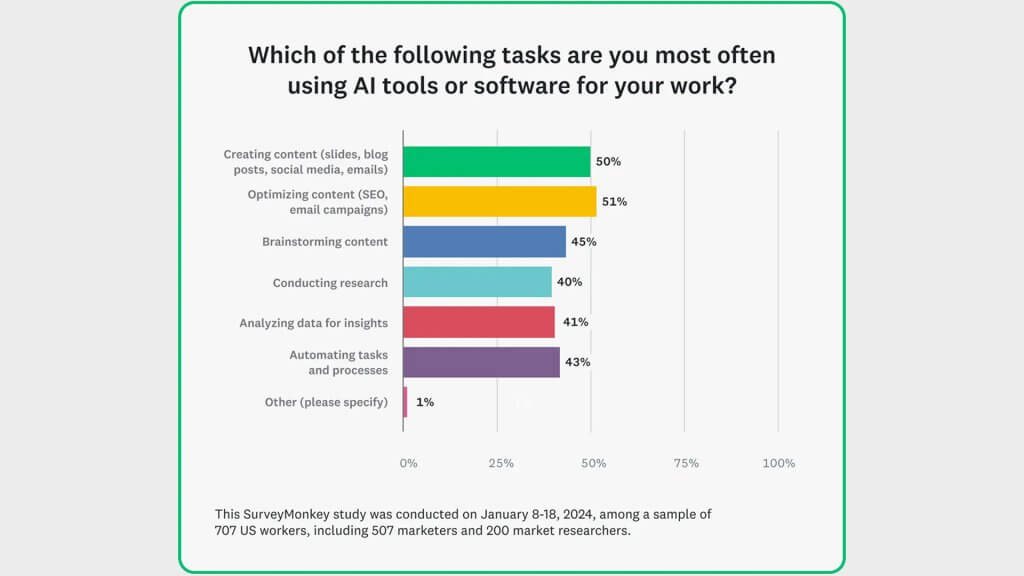
Trend #3: The Metaverse
Interest in the metaverse is growing rapidly. It is a digital space where users interact with each other and virtual content in real time.
The metaverse is typically defined as an immersive, interactive online environment where people can communicate, work, learn, enjoy leisure, buy goods and services — and engage with advertising.
The global Metaverse market size was estimated at USD 105.40 billion in 2024 and is projected to grow at a CAGR of 46.4% from 2025 to 2030.
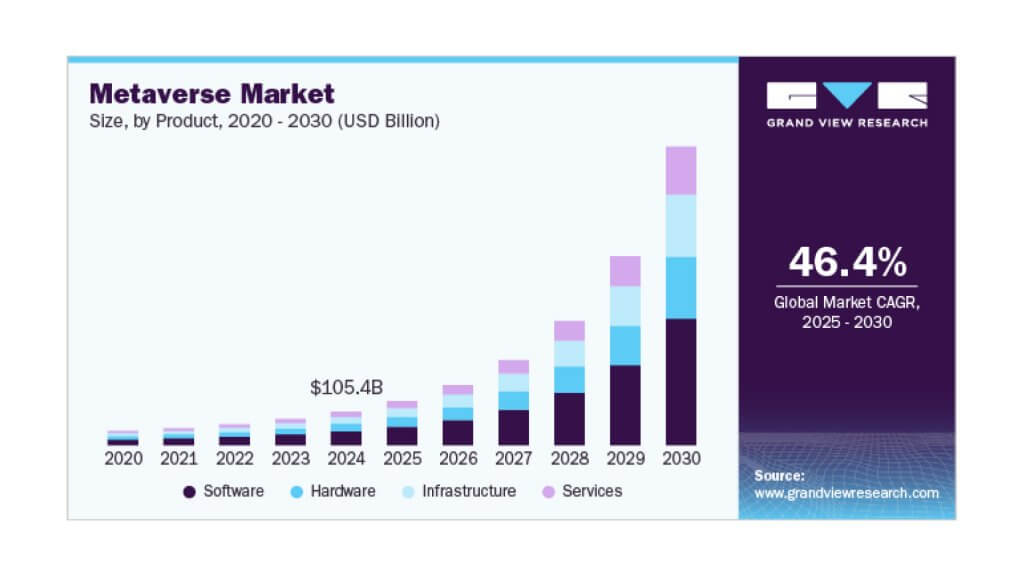
Brands can:
- Place banners in metaverses: For example, ads can be visually adapted and embedded in a virtual city.
- Create unique virtual stores: Online showrooms allow customers to try on clothes from the comfort of their homes.
- Host online events: Metaverses can serve as platforms for exhibitions, concerts, and forums. Sponsoring such events helps brands increase visibility and engage users.
- Design interactive ads and gamified mechanics: Users can explore digital streets, complete mini-games, earn virtual currency for completing tasks, and exchange it for real-world products.
BYYD places internet advertising in mobile games across various genres:
- Sports: World Soccer Champs
- Tamagotchi-style: My Talking Tom 2, My Talking Angela
- Racing: Ramp Car Stunts — Car Games 3D, Rider, CSR Racing 2
- Puzzle & Logic: CodyCross, Words of Wonders, 4 Pics 1 Word
- Creative: Pixel Art, Happy Color
- Runner games: Minion Rush
Choosing the right games for ad placement directly impacts campaign results. It’s important to consider genre, player age, and interaction style to hit the target audience precisely.
By combining platforms with high engagement and broad reach, brands can get the most out of each campaign.
Trend #4: Interactivity
It’s no longer enough for users to simply view an ad — the key is prompting action:
- Clicking a link
- Subscribing
- Filling out a form
- Making a purchase
- Participating in a poll, and more
Interactivity helps retain audience attention and boost engagement. Static banners are far less effective than ads featuring animation, video content, and game-like mechanics.
In-app promotion enables the integration of interactive elements into ad campaigns. Several creative formats support this — Split Screen, Video Interaction, In-Game, Rich Media.
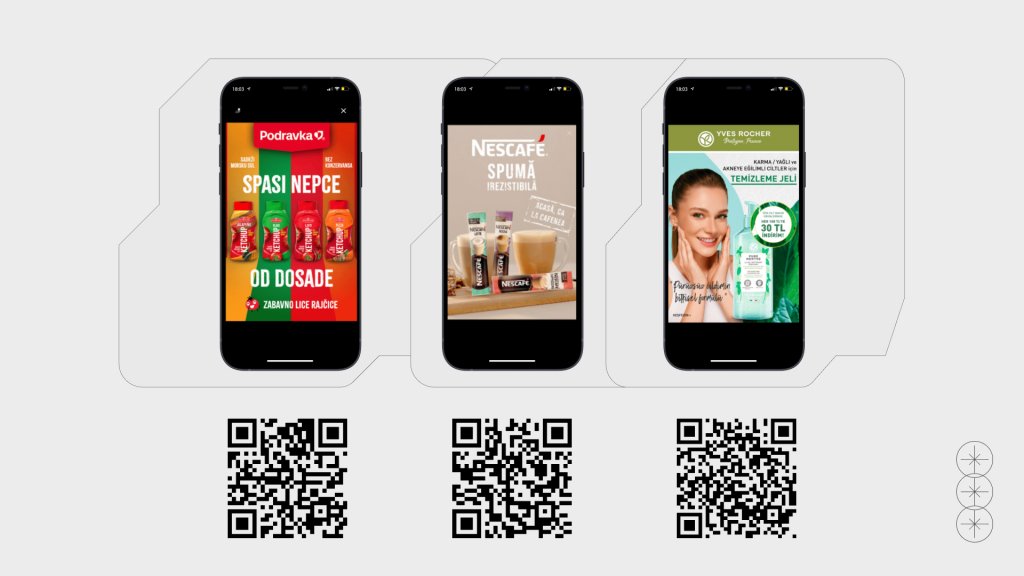
The rise in mobile traffic indicates that in-app advertising grants access to a broad and engaged audience. Brands are increasingly focused on mobile users, as more consumers prefer placing orders via apps rather than websites.
Data shows that nearly 90% of mobile internet usage is spent in apps. This is due to intuitive interfaces and ease of use — making mobile advertising a highly promising tool for brand promotion.
How to Keep Your Ads Relevant: Tips from BYYD
These recommendations will help improve the effectiveness of your marketing strategy:
- Focus on content personalization: Use user data to craft highly relevant creatives.
- Optimize workflows with neural networks: AI can streamline processes and improve campaign outcomes.
- Incorporate interactive elements: Use rich media, quizzes, polls, and mini-games to drive engagement.
- Analyze campaign performance: Regular evaluation is key to refining your strategy and achieving better results.
Interactive formats perform best on the BYYD platform. We’ve been helping brands succeed in mobile advertising for over 10 years and continue to evolve our tools.
Browse our case studies on the website and get in touch with us to launch your next in-app campaign.
Found this helpful? Share it with your friends and colleagues!
For consultations and partnership inquiries:
- Submit a request on our website
- Email us at hello@byyd.me